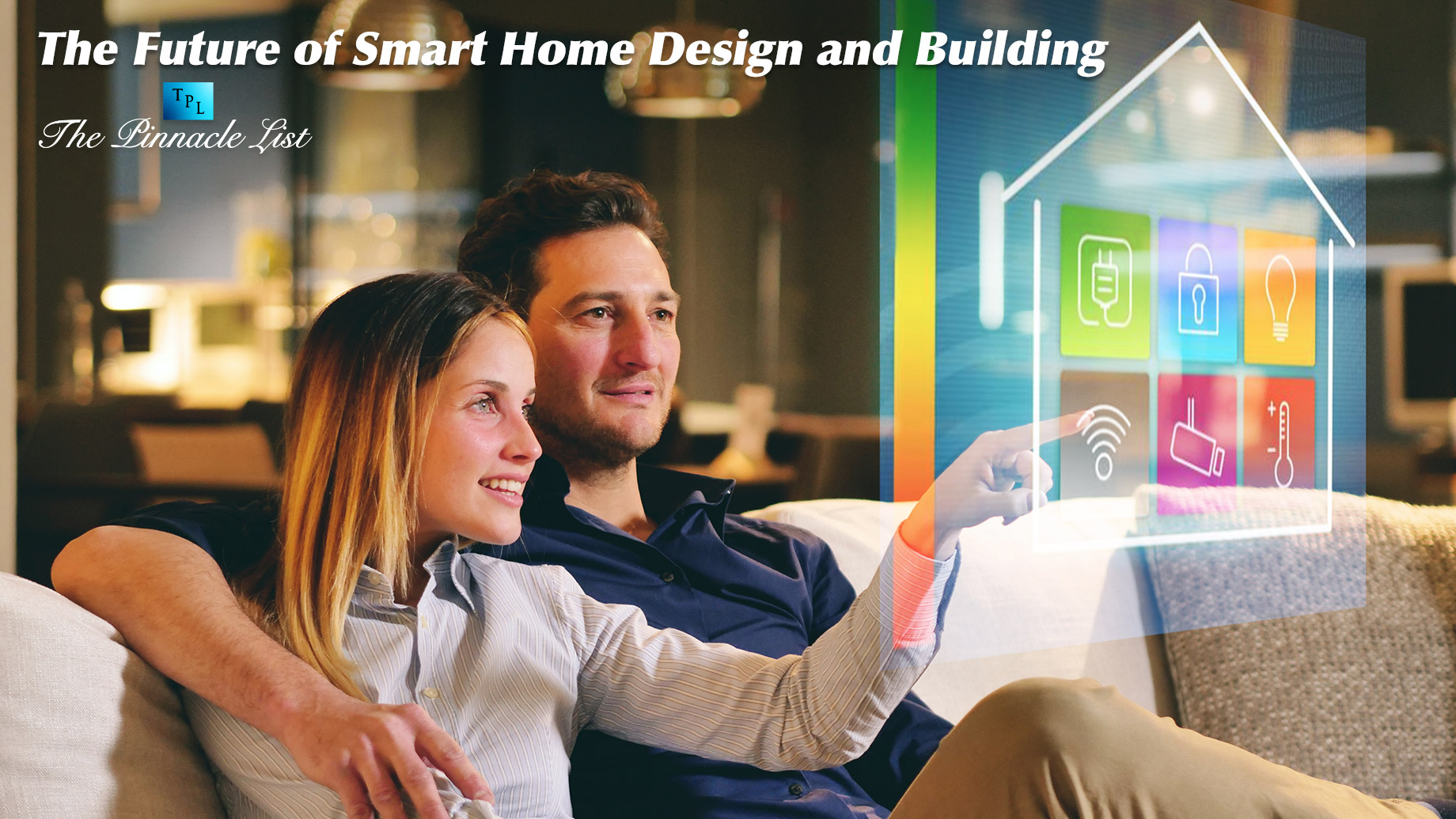
What if your home could think for itself? Imagine a house that adjusts the lights when you wake up, locks the doors when you leave, and even suggests what’s for dinner. Smart home design isn’t just a thing of science fiction anymore—it’s happening now. From voice-controlled assistants to energy-efficient devices, technology is reshaping the way we live.
But as exciting as it sounds, this shift raises questions. How do we balance convenience with privacy? What happens when everything relies on Wi-Fi? And will smart homes really make life easier, or are we inviting more complications into our lives?
The future of home design and construction isn’t just about building smarter houses; it’s about creating spaces that adapt to changing needs. In this blog, we will share how smart home design is evolving, the role technology plays, and what this means for homeowners and builders alike.
How Smart Home Design is Changing the Construction Industry
The shift toward smart home design is reshaping how houses are built. Builders are now expected to incorporate tech-ready designs, from hidden wiring for future upgrades to spaces designed for smart appliances.
This also impacts the skills required in construction. It’s no longer just about brick and mortar—it’s about integrating technology effortlessly into a home. That’s why many professionals are turning to online construction management programs to stay ahead. These programs teach the latest in construction trends, including smart technology integration, making them a vital resource for those building the homes of tomorrow.
But it’s not just builders who are adapting. Homeowners, too, are thinking differently about their spaces. For instance, open floor plans, popular for years, are being reimagined to accommodate smart hubs and better Wi-Fi coverage. Even the materials used in construction are changing, with an emphasis on sustainable, tech-friendly solutions.
This blending of traditional construction and modern technology is more than a trend—it’s a new standard. And as more people demand smart features in their homes, builders who fail to adapt risk being left behind.
Privacy vs. Convenience: The Big Debate
While smart homes promise convenience, they also bring privacy concerns. Every connected device collects data, from your morning routine to your thermostat preferences. While this data is used to improve functionality, it raises questions about how much control we’re giving away.
Consider smart assistants like Google Home. They’re always listening, waiting for their wake words. But how much are they hearing? And who else has access to that information? Stories of smart devices being hacked remind us that convenience often comes with a cost.
The trade-off between convenience and privacy is one of the biggest challenges in smart home design. Builders and tech companies need to prioritize security, but homeowners also need to stay informed. Simple steps, like using strong passwords and keeping devices updated, can make a big difference.
The Broader Implications of Smart Home Design
The rise of smart homes isn’t happening in a vacuum. It’s part of a larger shift toward more connected and sustainable living. Cities are becoming smarter, too, with infrastructure designed to support electric vehicles, smart grids, and renewable energy.
This interconnectedness has its benefits. For example, a smart home can work with the city’s energy system to reduce power usage during peak times. But it also creates dependencies. A power outage no longer just means no lights—it could mean losing control of your entire home system.
On a societal level, smart home technology is also reshaping our expectations. We’ve grown accustomed to on-demand everything, from entertainment to groceries. Smart homes extend this to daily living, making us wonder what we did before voice commands and automation.
Smarter Homes, Smarter Choices
Smart homes are designed to make life easier, but they also make us think differently about how we live. Take energy efficiency, for example. Thermostats like Nest learn your habits and adjust the temperature to save energy, which is great for the planet and your wallet.
Lighting is another area seeing big changes. Motion sensors and programmable LED lights are now standard in many homes, helping reduce waste and improve convenience. No more fumbling for switches in the dark—your home has you covered.
But the appeal of smart homes isn’t just about saving money. It’s about convenience and safety. Security cameras that stream to your phone or doorbells that let you “answer” from miles away are becoming the norm. For families, this means peace of mind, whether they’re home or not.
Of course, there are trade-offs. What happens when your smart lock doesn’t recognize your voice? Or when a glitch in your app leaves you locked out? The challenges remind us that with all this new technology, reliability is still king.
A Future Built on Innovation
The future of smart home design is bright, but it’s also complex. It’s not just about creating homes that are smarter—it’s about creating homes that are better. That means balancing technology with sustainability, convenience with privacy, and innovation with practicality.
For homeowners, the key is to embrace smart technology thoughtfully. Start with features that genuinely improve your life and invest in systems that are built to last. For builders, staying informed and adaptable will be critical as this technology continues to evolve.
In the end, the smartest homes won’t just be the ones with the most gadgets. They’ll be the ones designed to make life simpler, safer, and more connected—without losing sight of what home is really about.